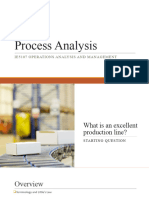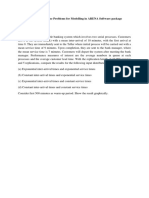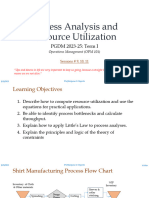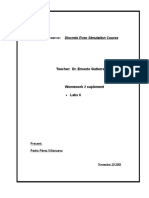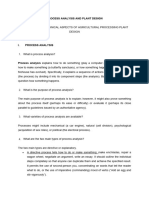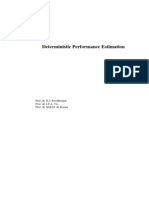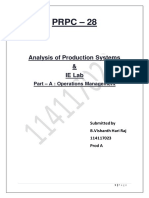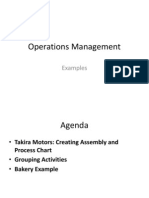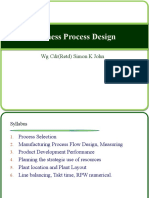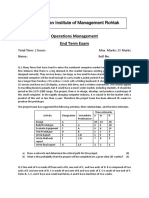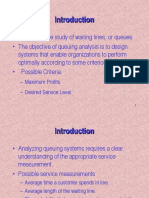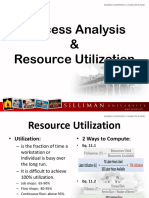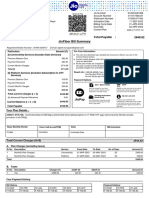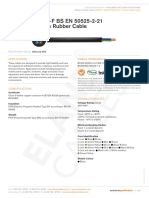0% found this document useful (0 votes)
32 views5 pagesStructure To Use
The document describes a simulation model of a toilet paper production process to optimize efficiency. It includes:
1) A description of the production steps from raw material arrival to packaging and associated processing times.
2) Data collection on processing times which are modeled as uniform distributions.
3) The simulation model will be built in Arena and used to analyze key performance metrics like throughput and error rates under different configurations.
4) Sensitivity analysis will examine how changing settings could impact areas like the environment, health and safety, and sustainability to identify solutions for mitigating impacts.
Uploaded by
TC ScarbangsCopyright
© © All Rights Reserved
We take content rights seriously. If you suspect this is your content, claim it here.
Available Formats
Download as DOCX, PDF, TXT or read online on Scribd
0% found this document useful (0 votes)
32 views5 pagesStructure To Use
The document describes a simulation model of a toilet paper production process to optimize efficiency. It includes:
1) A description of the production steps from raw material arrival to packaging and associated processing times.
2) Data collection on processing times which are modeled as uniform distributions.
3) The simulation model will be built in Arena and used to analyze key performance metrics like throughput and error rates under different configurations.
4) Sensitivity analysis will examine how changing settings could impact areas like the environment, health and safety, and sustainability to identify solutions for mitigating impacts.
Uploaded by
TC ScarbangsCopyright
© © All Rights Reserved
We take content rights seriously. If you suspect this is your content, claim it here.
Available Formats
Download as DOCX, PDF, TXT or read online on Scribd
/ 5
